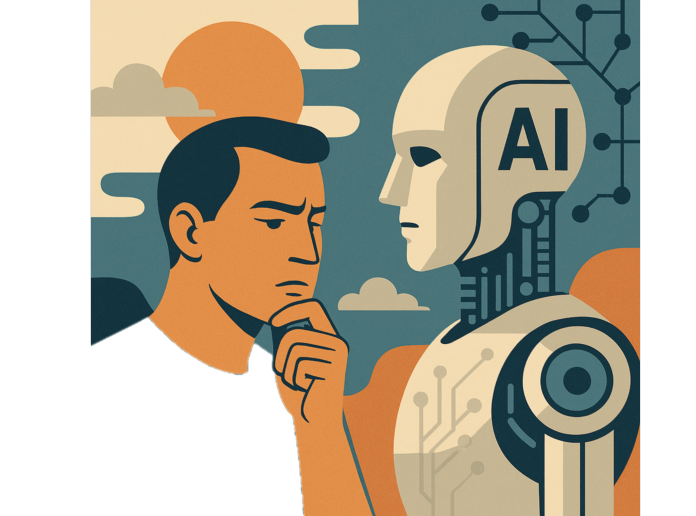
Artificial Intelligence (AI) has taken the world by storm, revolutionizing industries and reshaping how we work and interact. But amidst the excitement, it’s crucial to recognize AI’s limitations and understand what it takes to overcome them. More importantly, we must learn how to use AI effectively and responsibly to unlock its full potential.
The Limits of AI: Where Machines Struggle
AI’s capabilities are immense, but it has clear constraints:
-
Lack of Common Sense and True Understanding – AI processes data, but it doesn’t "think" like humans. It lacks intuition, emotional intelligence, and real-world reasoning.
-
Bias and Ethical Concerns – AI models inherit biases from their training data, leading to flawed decisions in hiring, policing, and more.
-
Dependence on Data – AI is only as good as the data it’s trained on. Poor-quality or insufficient data can lead to inaccurate predictions.
-
Limited Creativity – While AI can generate content, it struggles with genuine creativity and innovation without human input.
-
Energy and Resource Intensive – Training large AI models requires vast computing power and energy, raising sustainability concerns.
Overcoming AI’s Limitations
To push AI beyond its current constraints, we need:
-
Better Data Practices – Ensuring diverse, high-quality data can reduce bias and improve AI’s decision-making.
-
Human-AI Collaboration – AI should augment human capabilities, not replace them. A symbiotic relationship will yield the best results.
-
Stronger Ethical Standards – Governments and organizations must establish regulations for fair and responsible AI usage. Without undermining creativity, innovation and open source.
-
Innovative AI Models – Research into explainable AI (XAI) and neuromorphic computing could help AI mimic human-like reasoning.
How to Use AI Effectively
For individuals and businesses, maximizing AI’s benefits requires a strategic approach:
-
Know AI’s Strengths and Weaknesses – Use AI for automation, pattern recognition, and data analysis, but don’t expect human-like intuition.
-
Stay Critical of AI-Generated Outputs – Always verify AI suggestions, as mistakes can happen.
-
Balance AI with Human Insight – The best outcomes come when AI supports—not replaces—human decision-making.
-
Adapt and Learn – AI is evolving rapidly, so continuous learning and upskilling are essential.
Beyond AI: What’s Next?
As we navigate the AI revolution, the key lies in responsible innovation. Future breakthroughs in quantum computing, brain-machine interfaces, and general AI could redefine our world. But no matter how advanced AI becomes, human ingenuity, ethics, and wisdom will always be at the center of progress.
AI isn’t here to replace us—it’s here to help us build a smarter, more efficient, and more ethical future. The question is: How will we use it?